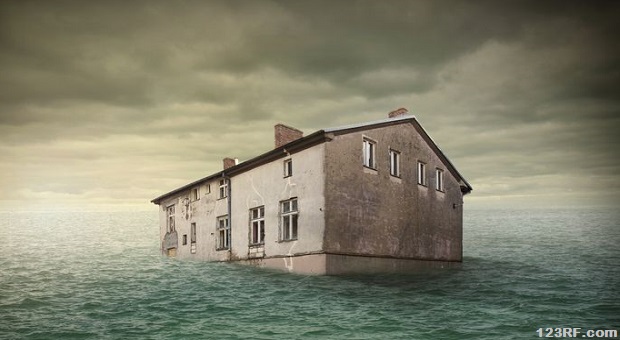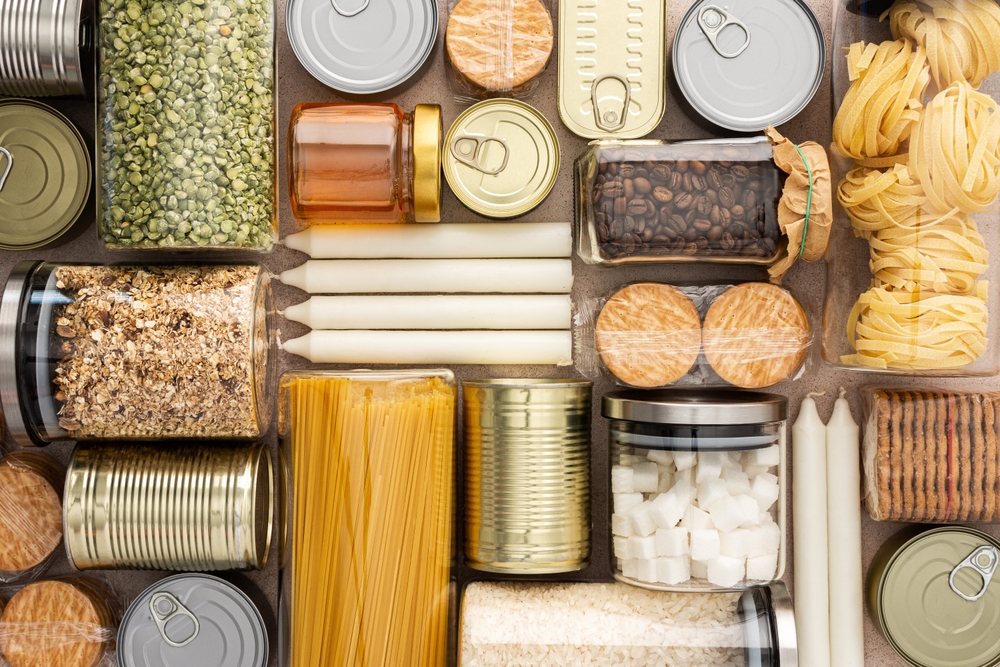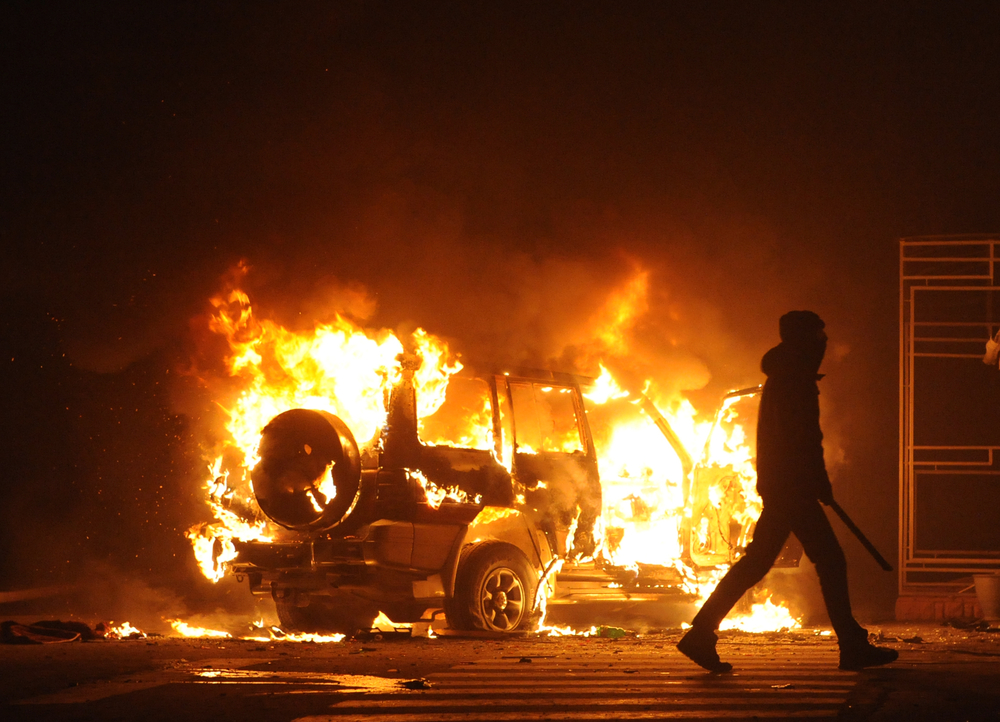Floods are a recurring natural disaster, frequent in certain areas and extremely costly in terms of human lives and economic loss. According to statistics, almost 90% of the damages caused by natural disasters is due to flooding (droughts were excluded from the statistic).
Now, if you’re watching the news closely, most of the areas in the United States are prone to experiencing “a taste” of flooding, even if not one of epic proportions. Just enough to keep you in check and to remind you that you should be prepared in case of a SHTF scenario.
Just to give you the general idea of how dangerous floods are, in a 10 year period, the US lost an average of 3.7 billion dollars per year in property damages. Even worse, approximately 110 people die every year in floods, generally from flash floods.
If we now have your attention, let us share with you the DOs and DON’Ts when it comes to flooding preparedness.
How Bad Is It?
Generally speaking, floods are caused by prolonged rainfall (several days in a row) or an intense burst of rainfall over a short time period. Also, the melted snow/ice can cause a river to overflow and flood its surroundings.
Not all floods are created equal though; some are way more dangerous than others, because some of them develop slowly, giving you advance warning to prepare, but others can pop-up in a matter of minutes even if it isn’t raining in your area.
Flash floods, the most dangerous form of flooding, can appear within 6 hours of an intense rain event or minutes after a catastrophe such as a dam failure. These are the ones that catch people unaware and cause the most loss of life. Also, because the water is frequently moving rapidly, there is often more structural damage from flash floods.
With flash floods in mind, having an emergency kit ready if you live in a flood plain is very important. An emergency kit should contain essential items, such as your important documents (insurance papers, passport), a radio, a torch, rubber gloves/boots, a first aid kit, non-perishable foods and bottled water.
In addition to having an emergency kit, there are a few other things that we want to tell you TO DO and what to be prepared for in case of flooding:
- The first priority is safety – yours and your family – but keep an eye on your elderly or disabled neighbors and be sure that they are aware of the danger, too.
- Stay informed about what’s going on in your area and listen to the news reports and broadcasts from the Emergency Services Broadcasts and local authorities. If you don’t evacuate and you choose to stay indoors, move to the upper floor, but keep in mind that you’ll need some food and water stockpiled up there, too. Also be prepared to live in that space without power for a while.
- Turn off all of your electrical and gas appliances. Utilities should be shut off at the mains.
- Have a flood plan within your community, i.e. how to use flood protection products like sandbags in vulnerable areas to prevent damage.
- The important items (oil paintings, art objects, your huge plasma TV, stuff like that) must be moved to safer areas, like the upper floor or as high as possible off the floor.
- Get yourself flood insurance, because just a couple of inches of water from flooding can cause thousands of dollars in damage.
- Wear solid work gloves and boots when evacuating or when working in a post-flood environment.
- After flooding, verify the structural damage inflicted upon your house, especially the most vulnerable areas like ceilings and roofs, since they may be subject to collapse at any time.
- Everything that got wet during flooding should be disinfected and cleaned thoroughly because the residue from floodwater may contain chemicals, sewage, and a wide variety of other disease-causing bacteria.
- Cesspools, septic tanks, pits and the like should be inspected ASAP after a flooding; if damaged, the sewage systems can create serious health risks.
Now, a short check-list of DON’Ts during a flood:
- Stay away from moving water and downed power lines or poles. Don’t try to walk through flood water and if you must, be very careful and use a stick to test the depth and feel for debris that can cause you to fall.
- Avoid driving through flood water because it can be dangerous. Just one foot of fast flowing water can make your car float, not to mention the hidden dangers like fallen power lines or trees.
- Avoid touching flood water, as it may be contaminated with chemical substances, sewage, etc.
- Never swim through flood water for the same reasons. Also, you can easily drown in fast moving waters or you can be hit by a hidden object and knocked out, which can be fatal.
- Do not return home until you know for a fact that it’s safe to do so.
- Do not turn on your utilities until the installations are checked by a specialist. Gas leaks are common after a flood so using candles and smoking is not safe. Use flashlights instead.
- Do not try to handle electrical equipment or appliances in humid areas or in standing water.
- Avoid using your TV if it sits on a wet carpet or floor or on humid concrete floors. The basic rule is that water and electricity don’t mix!
- Do not enter buildings that are surrounded by floodwaters.
These are just a few hints and suggestions to help you make it safely through a flood. As with all emergencies, use your head and let common sense prevail. If you don’t know if an area is safe, stay away from it until you know that it is.
If you have any other tips or flooding advice, please feel free to share it with us in the comments section below.
This article has been written by Chris Black for Survivopedia.









































































A good article, thanks Chris. I’d add to your list by saying, remove all floor coverings as soon as possible. Mould is a deadly, invisible killer. Black mould on the back of wet carpet, has been known to kill. Don’t put it off! Be aware of cellars, if they smell musty, they are musty, a good quality face mask and plenty of vinegar, kills it cheaply but don’t expect to be able to do whole carpets as it’s just not worth the risk of a little left behind. Just spray on 10% solution and give plenty of air to dry the space out. Cheers.